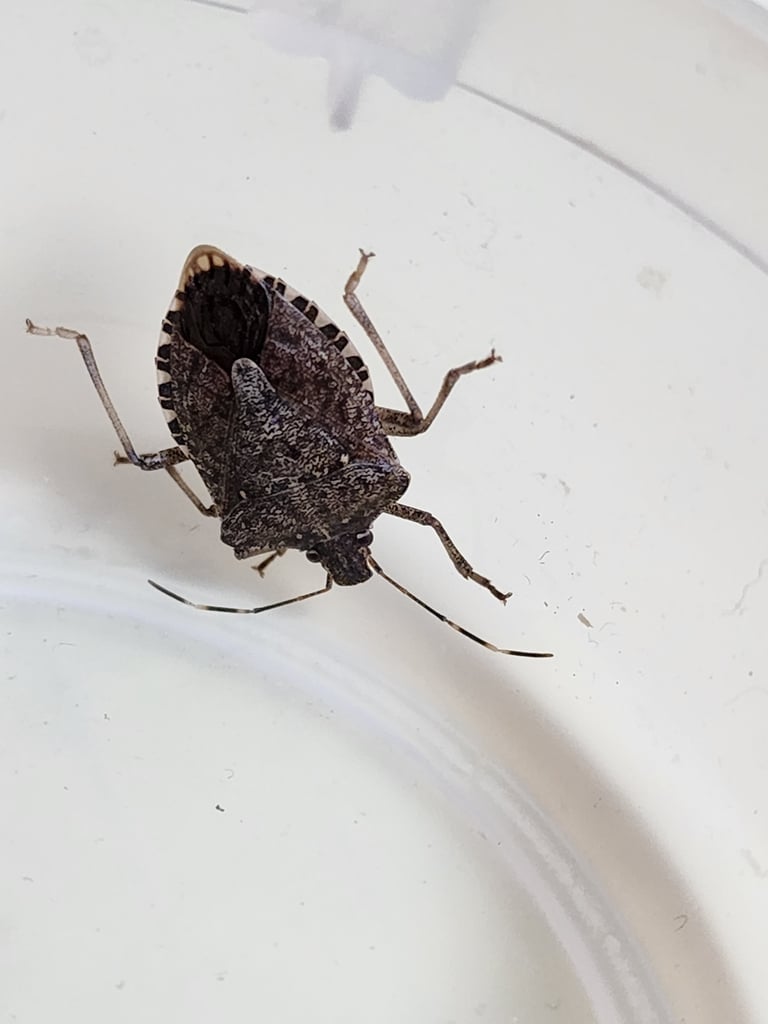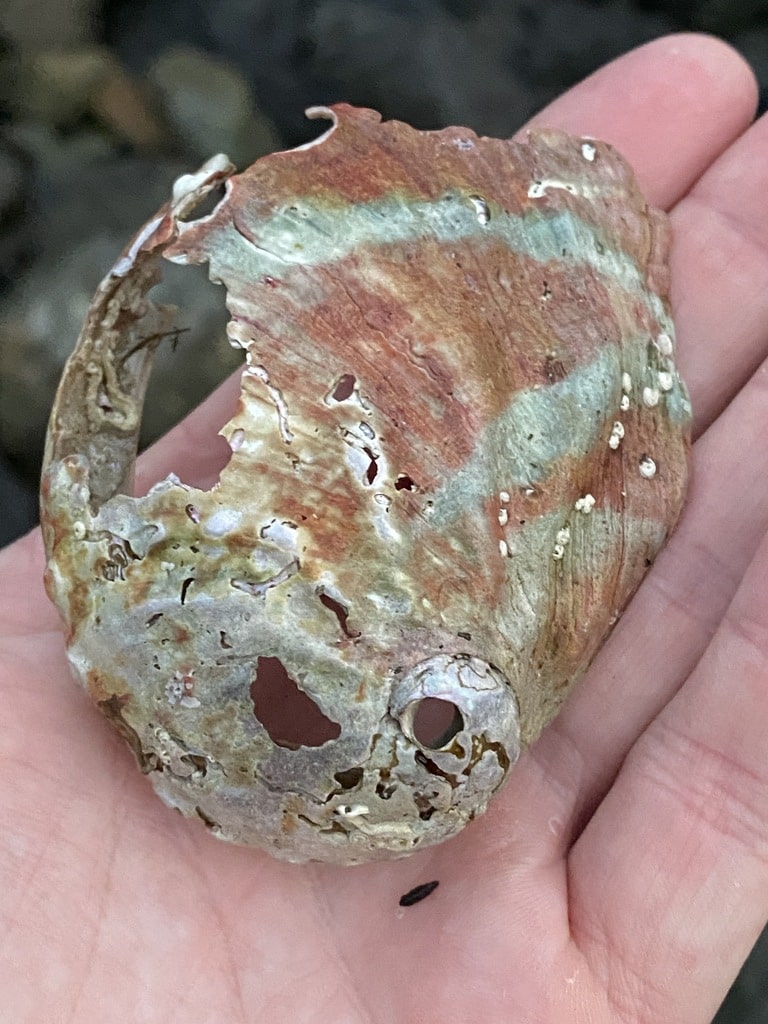By Erin Springinotic | December 14, 2022
In November, the I Spy and Identify Invasives project made 5,755 observations of 1,329 species! 215 people observed and reported native and invasive species across Canada and our network grew by 24 new individuals (and counting) – thank you for joining everyone!
November’s reports included 799 observations of 224 different introduced and invasive species. The month’s totals included these concerning sightings:
- 3 observations of Tree of heaven (Ailanthus altissima) in Vernon, British Columbia by @darylnolan. This invasive tree is native to China and spreads rapidly, releasing toxic chemicals into the soil to deter other plant species. Tree of heaven is often used by gardeners because of its rapid growth and interesting foliage, unaware of the tree’s invasive qualities. If you are a gardener looking for native and non-invasive planting alternatives, check out ISCBC’s “Grow Me Instead” guide.

- 5 observations of Brown marmorated stink bug (Halyomorpha halys) in British Columbia and Ontario. The Brown marmorated stink bug is considered extremely destructive and a threat to the agriculture industry. It feeds on fruits and vegetables and damages crops, causing produce to rot. During the fall and winter, stinkbugs like to hibernate in large numbers in wooden structures. Your home could become a host to hundreds – or thousands – of bugs, so make sure to seal off entry points to prevent these unwanted guests and continue to report any sightings!

The following species at risk were also reported throughout November:
- 5 observations of Leatherback sea turtles (Dermochelys coriacea) in Nova Scotia by @dbmcc09, @jollygoodyellow, and @julescameron. These endangered turtles travel up to 18,000 km each year between their tropical nesting sites and temperate feeding areas. In the summer months, Atlantic Canada hosts one of the highest densities of foraging Leatherback sea turtles in the North Atlantic because of the abundance of jellyfish prey.

- 1 observation of Pinto abalone (Haliotis kamtschatkana) on Vancouver Island, British Columbia by @stevenhayward. Pinto abalone is a culturally significant species and traditional food for many First Nations communities on the Pacific coast. Between 1978 and 1984, the abundance of Pinto abalone along Canada’s west coast declined by more than 75% as a result of commercial harvesting. Abalone populations have not fully recovered, and this loss continues to strongly impact First Nations communities. Multiple abalone recovery initiatives have been launched along BC’s coasts, including site rebuilding by the Haida and Kitasoo Fisheries Programs and the Heiltsuk Abalone and Sea Otter Stewardship Project. All harvesting of Pinto abalone is prohibited in BC. You can report any suspicious or illegal harvesting activity to Fisheries and Oceans Canada at 1-800-465-4336.

As always, thank you for your iNaturalist observations and reports. Moving into December, we encourage you to observe and report European starlings (Sturnus vulgaris), House sparrows (Passer domesticus), and Ring-necked pheasants (Phasianus colchicus). If you are taking part in your local Christmas bird count remember to report these species to help conservation biologists assess the population trends and distribution of birds.
That’s all for now, happy holidays from CCIS and ISCBC!
Erin works in Outreach Support at ISCBC. She is grateful to live on the traditional territories of the Songhees, Esquimalt, and W̱SÁNEĆ peoples, also known as Victoria. In her spare time, she loves wandering around in the woods. You can reach Erin at espringinotic@bcinvasives.ca.
Share





